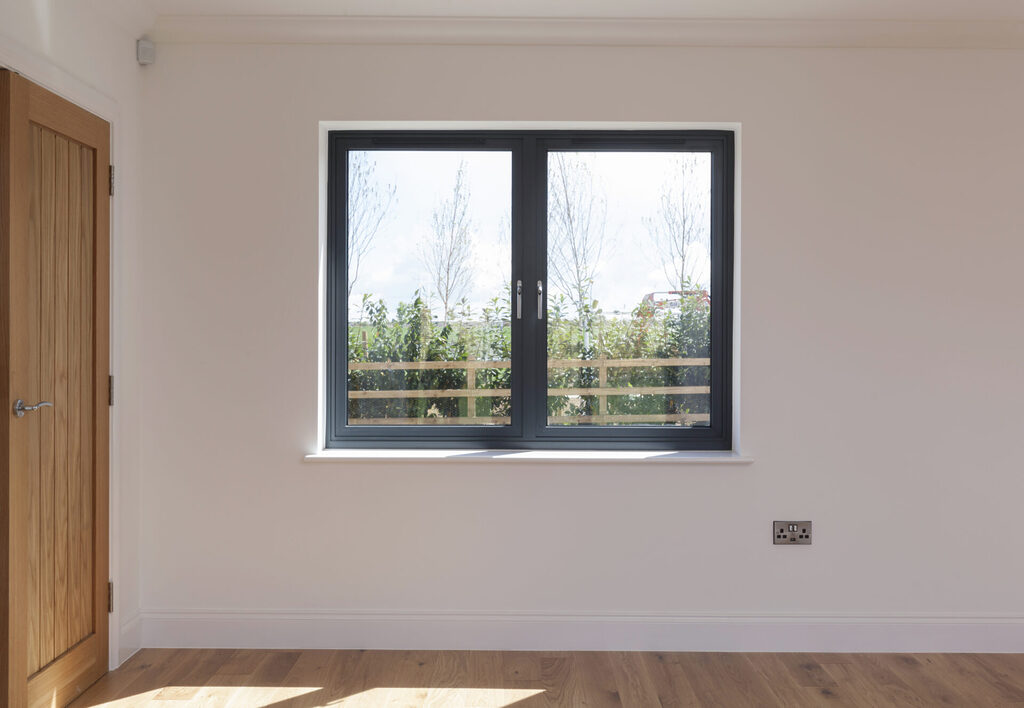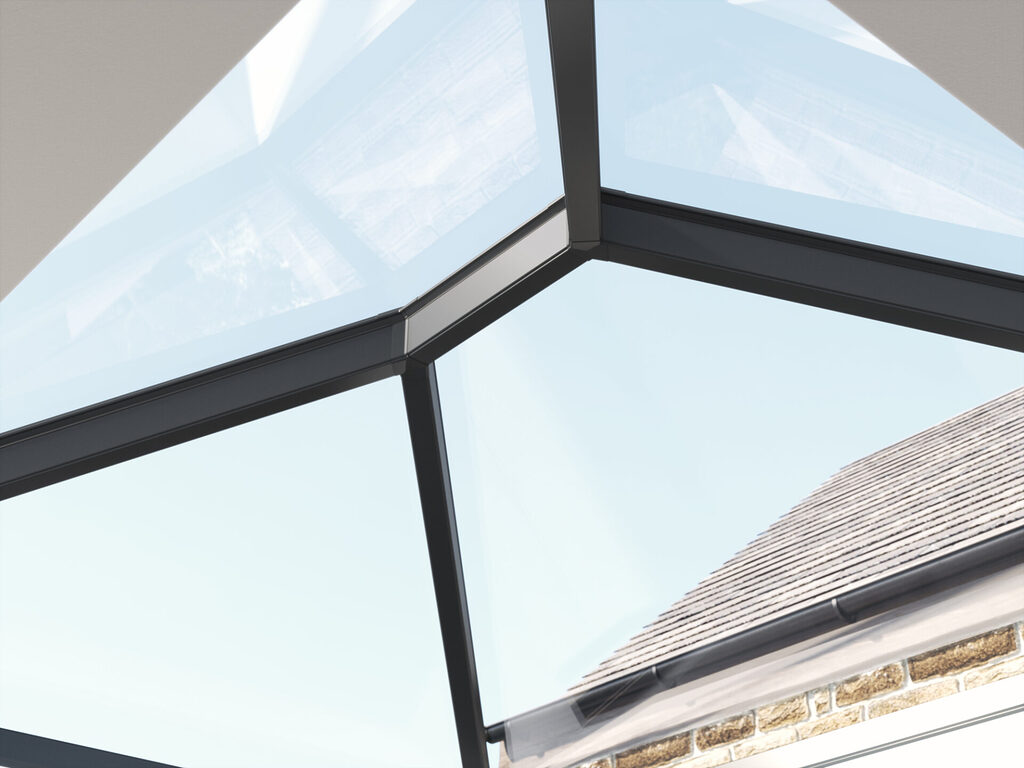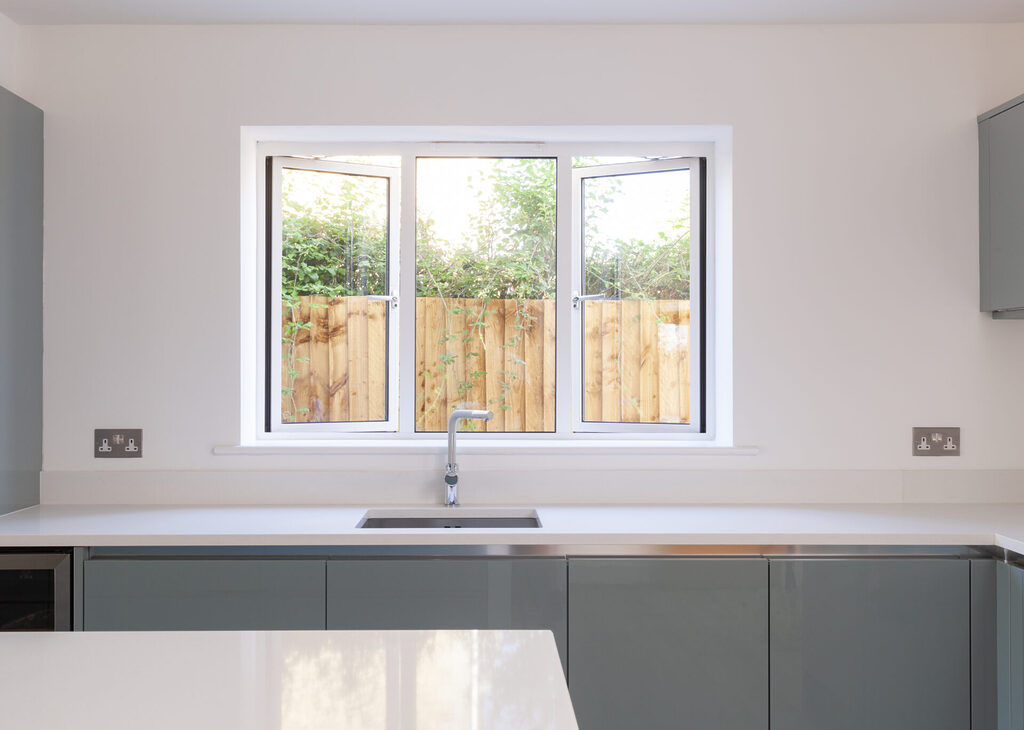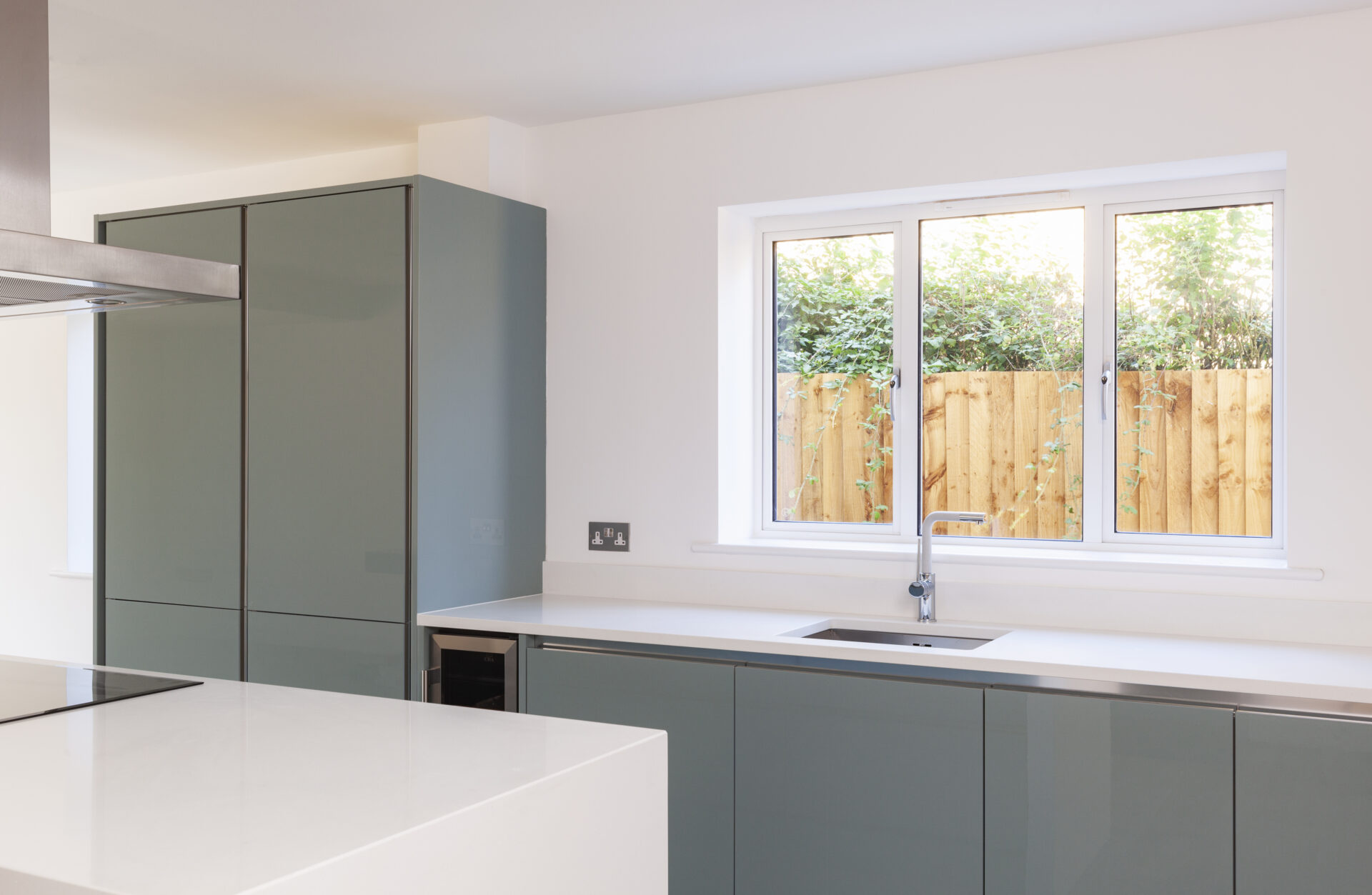Last Updated on 17 October 2024 by Tia Ellahi
Condensation in Double Glazing: how to fix it?
Fixing condensation in double glazing can be done in many ways, from simple fixes like using a dehumidifier to more comprehensive approaches such as replacing the entire unit.
Condensation inside your double glazing is more than just an annoying problem.
Left unchecked, it can lead to damage to your window frames, promote mould growth, and reduce the overall efficiency of your home.
Whether you’re dealing with condensation on your windows or noticing moisture trapped between the panes of your double glazing, this guide will walk you through understanding the root causes and provide actionable solutions.
Looking for something specific? Jump right to it:
What Causes Condensation in Double Glazing?
Understanding what causes condensation is the first step toward fixing it.
Condensation happens when warm, moist air comes into contact with a cooler surface, like the glass of your windows.
In double glazing, condensation is often an indicator of a larger issue, such as broken seals or poor ventilation in your home. Let’s break down the most common causes of condensation:
Seal Failure
One of the most common causes of condensation in double-glazed windows is seal failure.
The seals around your windows are designed to keep the insulating gas (usually argon) between the panes.
However, seals can deteriorate over time due to exposure to the elements, repeated expansions and contractions from temperature changes, or just plain wear and tear.
When the seal breaks, it allows moisture to seep in between the panes, resulting in condensation and a foggy appearance.
Temperature Fluctuations
Condensation tends to appear more during colder months when there’s a significant difference between the temperature outside and inside your home.
When warm indoor air hits the cold glass surface, the moisture in the air condenses and forms water droplets.
These fluctuations can put additional stress on your window seals, leading to failures over time.

There’s never been a better time to upgrade your home with all the benefits aluminium windows offer.
Poor Installation
If your windows were poorly installed, it can increase the likelihood of condensation, even if the windows are relatively new.
Incorrect installation may leave gaps or misalign the glass panes, which makes it easier for moisture to infiltrate.
This can significantly reduce the efficiency of your double glazing, leading to condensation problems.
Old Age
Windows, like many home features, have a lifespan.
As they age, the insulating properties of the window diminish, and they become more prone to condensation.
Older windows may not have the advanced features of modern double glazing, such as energy-efficient coatings or gas fills, which help reduce the occurrence of condensation.
If your windows are over 20 years old, it might be time to consider upgrading.
High Humidity Levels
If you live in a home with high humidity levels, condensation is more likely to form, especially in rooms like kitchens, bathrooms, and laundry rooms where moisture is regularly present.
Activities such as cooking, showering, and even drying clothes indoors can all contribute to excess moisture in the air, leading to condensation on your windows.
If you notice condensation forming frequently, it’s worth checking the overall humidity levels in your home. Maintaining a balanced humidity level can significantly reduce the occurrence of condensation.
How to Fix Condensation in Double Glazing
Once you’ve identified the cause of the condensation, it’s time to work out how to stop the condensation.
Depending on the severity of the issue, there are several methods you can use to fix or mitigate condensation in double glazing.
Identify the Problem
Before you start making changes, take the time to identify the exact location of the condensation.
Is it forming on the outside, inside, or between the panes of your double glazing?
- Exterior condensation: This is usually harmless and a sign that your double glazing is working well, as the outer pane is cold enough to cause condensation from outdoor moisture.
- Interior condensation: This is more of an issue, often indicating that your home’s humidity levels are too high.
- Condensation between panes: This is the biggest concern and typically points to a broken seal, which means moisture has infiltrated the gap between the panes.

Need to know how to stop condensation on roof lanterns? Don’t worry we have you covered.
Improving Home Insulation
Poor insulation can contribute to temperature fluctuations, which increase the likelihood of condensation forming on your windows.
Improving your home’s insulation can help maintain more consistent indoor temperatures, reducing the chances of condensation occurring.
Some ways to improve insulation include:
- Upgrading loft and wall insulation: Proper insulation in your roof and walls can reduce heat loss and keep your home warmer, lowering the risk of condensation.
- Installing thicker curtains or blinds: In addition to insulation, thermal curtains or blinds can help keep warm air from escaping through your windows.
- Sealing draughts: Check for draughts around windows and doors, and seal any gaps with weatherstripping or caulking to prevent cold air from entering and warm air from escaping.
Enhancing Ventilation Systems
Ventilation plays a key role in preventing condensation. If your home is poorly ventilated, moisture has nowhere to escape, making it more likely to form on cold surfaces like windows.
Here are some ways to improve ventilation:
- Open windows regularly: In rooms with high humidity, like kitchens and bathrooms, make it a habit to open windows or use exhaust fans to circulate fresh air and reduce moisture.
- Use dehumidifiers: A dehumidifier can help lower the overall humidity level in your home, particularly during the colder months when windows are often closed.
- Install trickle vents: If your windows don’t have them, installing trickle vents allows a small amount of fresh air to enter your home even when the windows are closed, helping reduce condensation buildup.
You may also be wondering ‘are roof lanterns vented?’. At GFD Homes, we’re pleased to confirm that all of our roof lanterns come with the option to add openers for ventilation.
Consider Repair Options
If your condensation issue stems from a broken seal or moisture trapped between the panes, there are a few repair options to consider:
- Re-sealing the window: If the seals are not too damaged, a professional can re-seal the window to restore its insulating properties. This can prevent further moisture from entering and may reduce condensation buildup.
- Drilling a hole and inserting a desiccant: A temporary fix for condensation between panes involves drilling a small hole in the glass and inserting a desiccant, a material that absorbs moisture. This can help clear the fogginess and condensation for a short period, but it’s not a long-term solution. Eventually, the window will need to be replaced.

All our windows come with a 10 year guarantee, giving you security and peace of mind
Replace the Double Glazing
If your windows are old, or the condensation persists despite other attempts to fix it, replacing the double glazing might be your best option.
New double-glazed units come with better energy efficiency and improved technology, like low-emissivity (Low-E) glass or argon gas-filled panes, which can drastically reduce condensation issues.
Replacing the glazing not only solves the condensation problem but can also make your home more energy-efficient, helping you save on heating bills in the long run.
Tackle Double Glazing Condensation with GFD Homes today!
Condensation in double glazing can be a persistent issue, but it’s not an unsolvable one. By identifying the root cause, whether it’s a broken seal, poor ventilation, or high humidity, you can take appropriate steps to address the problem.
In many cases, improving home insulation and enhancing ventilation can help, but more serious cases may require window repairs or replacement.
If you’re dealing with recurring issues or suspect your windows have seen better days, give our expert team a call on 01642 309 576 for advice or to discuss all our double glazed window options and we can help you.
Before tackling any double glazing problems, always be sure to check with a professional for some advice first.
FAQs about Condensation in Double Glazing
Can condensation in double glazing be fixed?
Yes, condensation in double glazing can be fixed, but the method will depend on the severity and cause of the issue.
If it’s caused by high humidity or poor ventilation, improving airflow can help.
For broken seals or trapped moisture between the panes, you might need to consider re-sealing or replacing the unit.
How much does it cost to fix condensation in double glazed windows?
The cost of fixing condensation varies depending on the repair method.
Re-sealing windows or drilling and inserting a desiccant may cost less, typically between £50 and £150.
Replacing the double glazing unit can cost significantly more, ranging from £200 to £600 per window, depending on the size and specifications.
You may also want to read our article on ‘how much do aluminium windows cost?’ for more window pricing information.
How do you get moisture out of a double pane window?
To remove moisture from between the panes, a professional might drill a small hole and insert a desiccant to absorb the moisture.
While this is a temporary fix, it’s not a permanent solution, and you will likely need to replace the window to completely resolve the issue.
Will condensation between panes go away?
No, condensation between panes won’t go away on its own. The seal is broken, allowing moisture to enter the space between the glass.
This will require either a temporary repair or replacing the double glazing unit altogether to permanently fix the issue.
